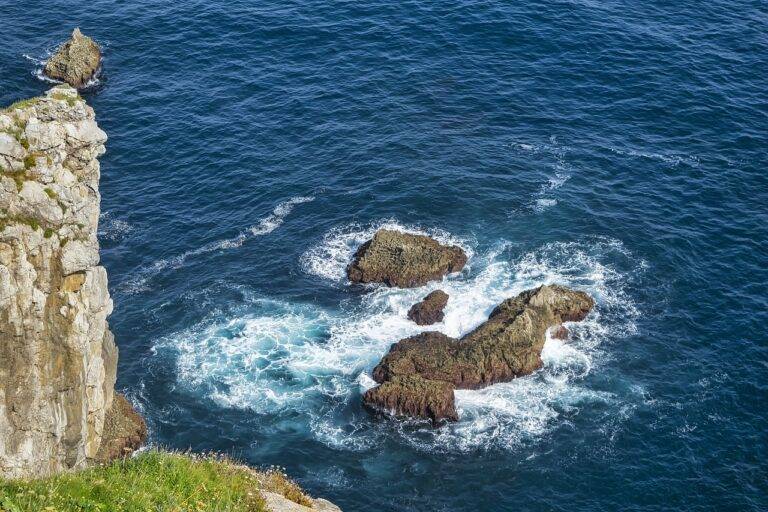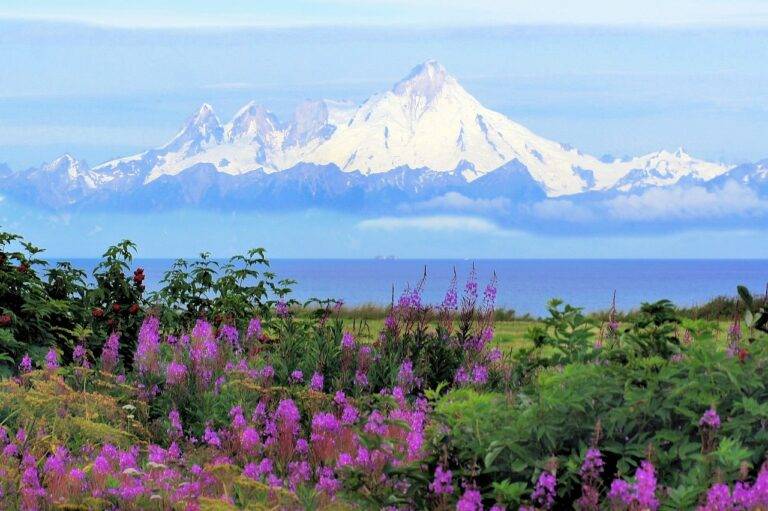The Beauty of Desert Landscapes: Exploring Arid Regions Around the World
Desert landscapes are known for their vast stretches of arid terrain, characterized by sparse vegetation and extreme temperatures. The harsh conditions of deserts, with little precipitation and high levels of evaporation, result in dry and barren landscapes that often appear desolate and inhospitable. The sandy dunes, rocky outcrops, and expansive salt flats are typical features of desert terrain, creating a unique and striking visual impression.
Despite the seemingly barren nature of desert landscapes, these regions are teeming with life that has adapted to survive in such challenging environments. Various species of plants and animals have developed specialized mechanisms to conserve water and withstand the intense heat of the sun. Cacti, succulents, and drought-resistant shrubs are commonly found in deserts, while desert-adapted animals such as lizards, camels, and snakes have evolved to thrive in these harsh conditions. The biodiversity of desert ecosystems, though often hidden from casual observers, is a testament to the resilience and adaptability of life in the face of adversity.
Unique Flora and Fauna in Arid Regions
Arid regions are home to a remarkable array of flora and fauna that have adapted to thrive in harsh, dry environments. From towering cacti to elusive desert foxes, the unique species found in these areas have evolved specialized characteristics to survive in their challenging habitats. The scarcity of water and extreme temperatures have sculpted the biodiversity of arid regions, resulting in a diverse ecosystem unlike any other.
One of the most iconic plants found in arid regions is the saguaro cactus, known for its towering stature and long lifespan. These mighty cacti can reach heights of up to 40 feet and live for over 150 years, serving as important sources of food and shelter for various desert animals. In addition to the saguaro cactus, desert landscapes are also dotted with hardy shrubs, succulents, and wildflowers that have developed mechanisms to conserve water and withstand the intense heat of the desert sun.
What are some common characteristics of desert landscapes?
Desert landscapes are typically characterized by limited precipitation, extreme temperatures, sparse vegetation, and sandy or rocky terrain.
Why is the flora and fauna in arid regions considered unique?
The flora and fauna in arid regions have adapted to survive in harsh conditions with limited water and resources, leading to unique and specialized characteristics that are not found in other ecosystems.
How do plants in arid regions conserve water?
Plants in arid regions have developed various strategies to conserve water, such as storing water in their tissues, reducing leaf surface area, and having long taproots to reach deep water sources.
What are some examples of unique fauna found in arid regions?
Some examples of unique fauna found in arid regions include camels, kangaroo rats, roadrunners, and fennec foxes.
How do animals in arid regions survive without water?
Animals in arid regions have adapted to survive without water by obtaining moisture from their food, minimizing water loss through specialized kidneys, and being active during cooler times of the day.





